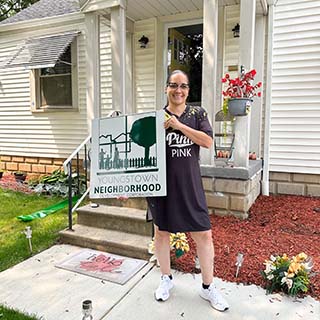Ohioans who have dedicated their lives to the conservation and preservation of Ohio’s natural resources received top honors July 26 from the Ohio Department of Natural Resources. Family, friends, and fairgoers watched as Ohio Governor Mike DeWine, ODNR Director Mary Mertz, and other ODNR officials inducted seven people into the Ohio Natural Resources Hall of Fame and awarded seven others with ODNR’s Cardinal Award. The Ohio Natural Resources Hall of Fame was created in 1966 to celebrate individuals who have made significant contributions to protecting Ohio’s natural resources. With the most recent inductions, the number of people presented with this honor is 193. The Cardinal Award, created in 1971, honors individuals and organizations that demonstrate exceptional awareness and concern for ideals reflected in the department’s mission statement: “To ensure a balance ‘tween the wise use and protection of our natural resources for the benefit of all. Cardinal Award recipients have included outdoor writers, educators, farmers, biologists, naturalists, businesses, sporting organizations and volunteers across the state of Ohio.”
HALL OF FAME
Denis Case. Case was employed by ODNR as Chief of the Division of Research from 1973 to 1975. In 1975, he recommended to the Director of ODNR that his division and position be eliminated and that each division should conduct their own research. From 1975 to his retirement in 1996, he was a wildlife biologist with ODNR’s Division of Wildlife, responsible for developing and prioritizing terrestrial endangered species and biodiversity programs. Case was the driving force behind Ohio’s first bald eagle recovery program as well as recovery of the river otter, peregrine falcon and a host of other endangered species. Since his retirement, he and his wife Rita have worked with the Appalachian Ohio Alliance to protect land parcels, and since 2006 they’ve volunteered their time radiotracking timber rattlesnakes.
D’Arcy Patrick Egan. Egan began his journalism career as an editor and sportswriter in Coshocton, Medina County, and Cleveland in the 1960s and 1970s. Later, Egan was the full-time outdoors editor for the Cleveland Plain Dealer for 40 years and full-time editor of The Beacon (Port Clinton) for the last five years of his career leading up to his retirement in 2023. He focused on Lake Erie and northern Ohio woods and waters in his coverage. Egan spearheaded a successful movement to ban gill nets in Ohio waters, fighting invasive species such as Asian carp and promoting sound research to advance Ohio fisheries, especially Lake Erie walleye and the highly successful steelhead trout program. He extensively wrote about hunter safety, safe boating practices and, as a licensed Lake Erie fishing guide, introduced anglers to safe and ethical fishing. In 2008, the Ohio Department of Natural Resources presented Egan with the Cardinal Award.
Tom Kashmer. Kashmer, who died in June, was a dedicated conservationist with more than 40 years of service in Ohio. He started banding birds in 1983 and founded the Green Creek Wildlife Society in 1984. His educational and research organization focused on bird education and conservation, something he also promoted as an Ohio History and World Geography teacher at Gibsonburg High School for 28 years. Under Kashmer’s direction, Green Creek Wildlife Society members installed more than 1,000 bluebird boxes, leading to the banding of more than 16,000 eastern bluebirds and 26,000 tree swallows. He was also involved in small stream research, colonial wader banding and graduate research programs on rails and shorebirds. After retirement from teaching and up until his passing, he led numerous bird, eagle, and kayak tours as a research coordinator for the Sandusky County Park District.
Paul E. Knoop, Jr. Knoop’s career spanned 35 years as education director at Aullwood Audubon Center and Farm. In 1995, Aullwood opened the Paul Knoop Prairie adjacent to the farm near Dayton International Airport. After retirement, Knoop and his wife Cathy moved to Hocking County and continue to be involved in nature education. They both teach natural history field classes for Ashland University and lead wildflower hikes at the Land Conservancy Arc of Appalachia. Knoop co-wrote “The Birds of Hocking County, Ohio”, published in 2016. Knoop has earned many honors, including the George B. Fell Award, given by the Natural Areas Association. He is a founding member and the inaugural secretary of the Appalachia Ohio Alliance. Founded in 2001, the Alliance preserves and restores natural ecosystems, facilitates the protection of historical landmarks, and supports educational and outreach activities in Ohio’s Appalachia region.
Dr. Larry B. Mixon, Sr. Mixon, who died in March, discovered a love for Ohio’s natural resources at a young age. Mixon grew to be an avid outdoorsman, enjoying rabbit and wild turkey hunting, bow hunting for deer, and fishing. In 2003, recognizing Mixon’s passion for the outdoors and his commitment to serving the public, Gov. Bob Taft appointed him to the Ohio Wildlife Council, an eight-member board that approves proposed rules and regulations by the ODNR Division of Wildlife. Mixon was very involved in Wildlife Council proposals and presentations, taking all of the information into consideration and providing positive feedback to the Division of Wildlife on rule proposals. Mixon served in positions of increasing responsibility and authority in the U.S. Army. He held positions as interviewing officer, executive officer and company commander. Later, he held many roles as an administrator for Columbus Public Schools, serving as superintendent from 1993 to 1997.
Eric Partee. Partee led the Little Miami Conservancy for 40 years as executive director and played a big role in saving a national treasure right here in Ohio. He oversaw the protection of 2,000 acres of land along the river and its tributaries, hundreds of river sweeps involving thousands of volunteers to clean up hundreds of tons of river debris, implementation of water quality programs to monitor the overall health of the river and the planting of over 50,000 native trees and over 100 acres of prairies to preserve the water and floodplain habitat. Post-retirement, Partee continues to be a valuable advisor for the welfare of the river and helps monitor wildlife and water quality.
Carolyn Watkins. Watkins has been an exceptional advocate for environmental and conservation-focused education for more than 30 years. As chief of the Office of Environmental Education at the Ohio Environmental Protection Agency since 1998, Watkins has played a pivotal role in securing millions of dollars in grants for conservation efforts and has personally taught various curricula to thousands of students and educators. Along with her contribution to Project WET, Project WILD and many other nature-based learning programs, she’s worked alongside ODNR as a facilitator for Project Learning Tree, the Division of Forestry’s environmental education standard. Watkins is also the recipient of the Division of Forestry’s John Hug Award for outstanding leadership in environmental education, the Environmental Education Council’s Lifetime Achievement Award for environmental education in Ohio, and many other awards.
CARDINAL AWARD
Dave Apsley. Apsley founded A DAY IN THE WOODS, a program designed to educate and promote good stewardship and active management for all forestland in Ohio. Twice a month from May through November, he can be found teaching private woodland owners everything from identifying trees to understanding local wildlife. A DAY IN THE WOODS celebrated its 100th educational event at Vinton Furnace State Forest in June. Currently a natural resources specialist at Ohio State University Extension, Apsley has been an advocate and educator for forest management in Ohio for over 20 years. Apsley also serves as the Outreach Coordinator for the Collaborative Oak Management Initiative and helped develop Call Before You Cut Ohio, a public program that connects landowners with resources and professionals to manage their woodlands.
Kristen Beck. Beck has been rehabilitating our native wildlife since the early 1980s. In 2013, she established North Canton’s Clover Field Wildlife Center. Beck operates this center herself and does not have any staff to assist her. She has been instrumental in conservation efforts around the state by rehabilitating species of concern such as the gray fox and four different species of bats. In 2022, her donation-based rehab center admitted almost 900 injured, orphaned or ill animals. Beck has been an outstanding member of the Ohio Wildlife Rehabilitator Association board for 13 years and a critical component in educating thousands of Ohioans about wildlife and mitigating human-wildlife conflicts to help protect our natural resources.
Burr Oak Alive! More than a decade ago, Burr Oak Lodge & Conference Center was slated to be demolished and Burr Oak Alive! was founded by locals determined to save it. They rallied enough support to encourage ODNR leadership to shift gears and route the funds intended for demolition to renovation, instead. The friends group for Burr Oak is an invaluable asset to the visitor experience at the park, proven by the incredible work they’ve continued to do ever since the lodge was saved. Just a couple of weeks ago, Burr Oak Alive! and ODNR cut the ribbon on the Lodge to Lake Trail, a concrete trail behind the lodge. From assisting with naturalist programs, sponsoring events such as the Halloween Spooktacular and Boat Flotilla, organizing tree plantings, and manning aide and water stations during long trail hikes and runs, this organization does it all.
Lola Lewis. Lewis was part of ODNR’s Division of Forestry’s Regional Urban Foresters team for 28 years, representing 13 counties in east central Ohio. Her job focused on helping elected officials, staff, and volunteers better understand the importance of trees in their communities. Lewis hosted annual urban forestry conferences, pruning workshops and led tree commission meetings. She also took the lead when the emerald ash borer was first found in Ohio. Lewis was a member of the Ohio Urban Forest Strike Team, designed to work with FEMA and assist communities after a storm event. After retirement, Lewis now advises the Youngstown Neighborhood Development Corporation’s TreeCorp program, helping plant and maintain healthy trees in the city of Youngstown. She was recently recognized as a True Professional Arborist by the International Society of Arboriculture.
To read the full story from Farm and Dairy, click here.
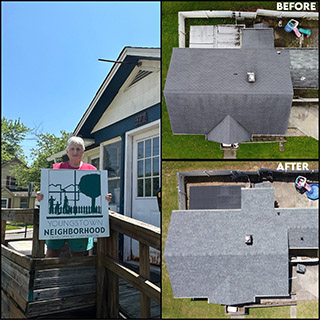

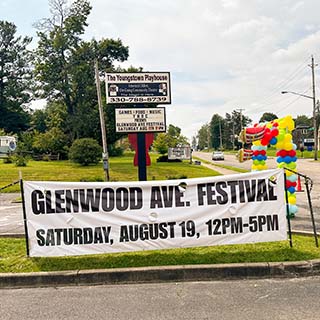 ,
, 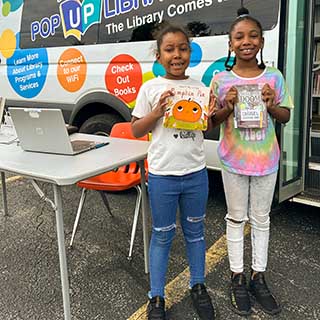 ,
, 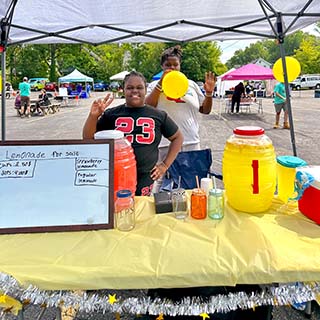 ,
, 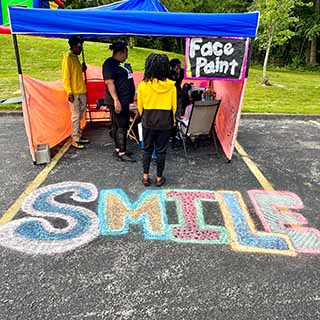 ,
,  ,
,  ,
, 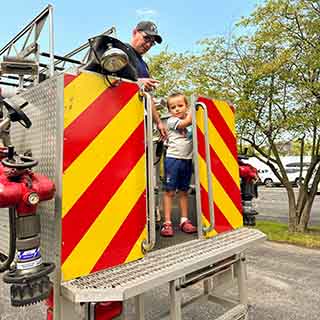 ,
, 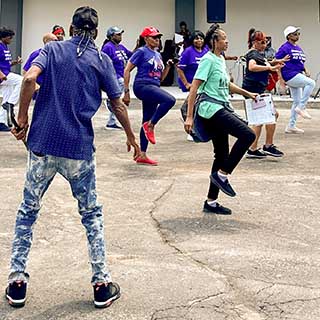 ,
, 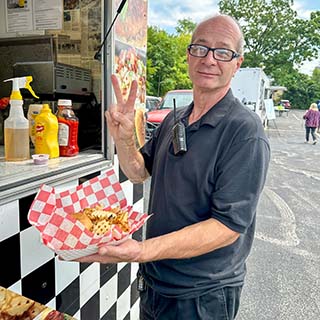 ,
, 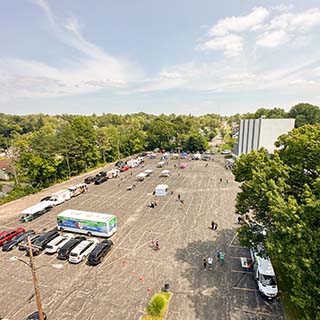 ,
,  ,
, 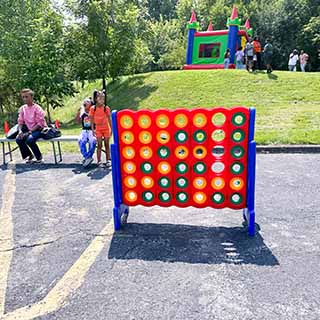 ,
, 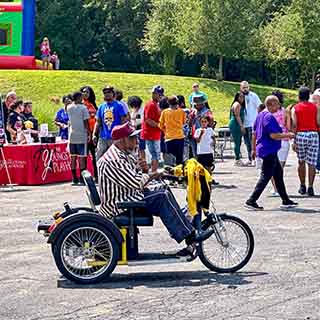 ,
, 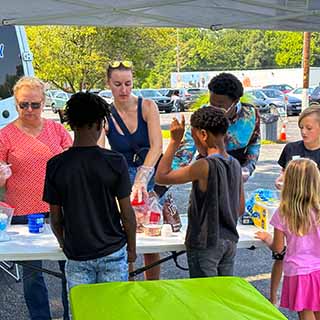
 ,
,  ,
,  ,
,  ,
,  ,
,  ,
,  ,
,  ,
,  ,
,  ,
,  ,
,  ,
,  ,
, 

